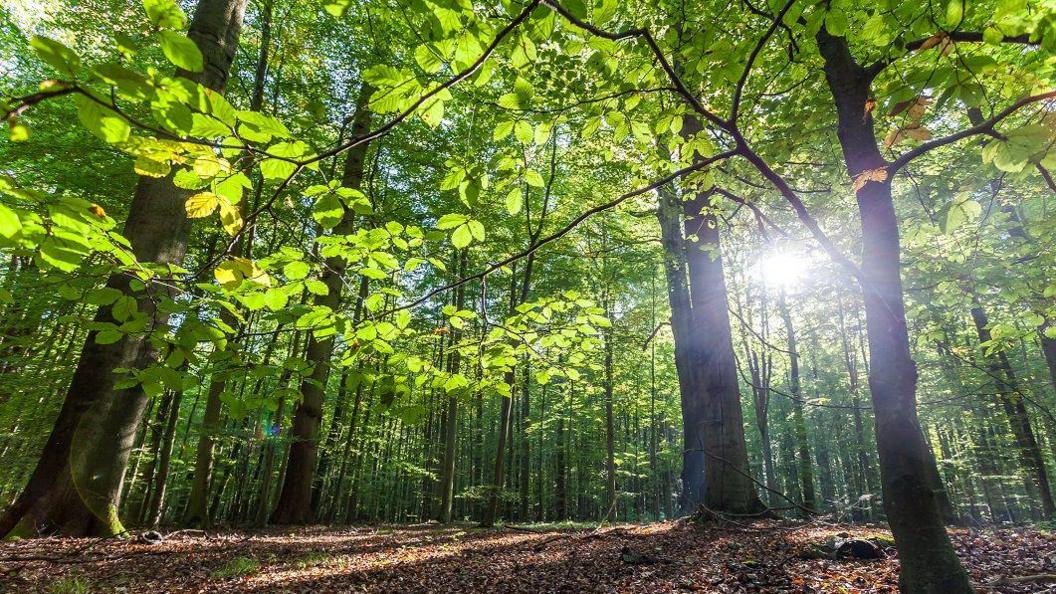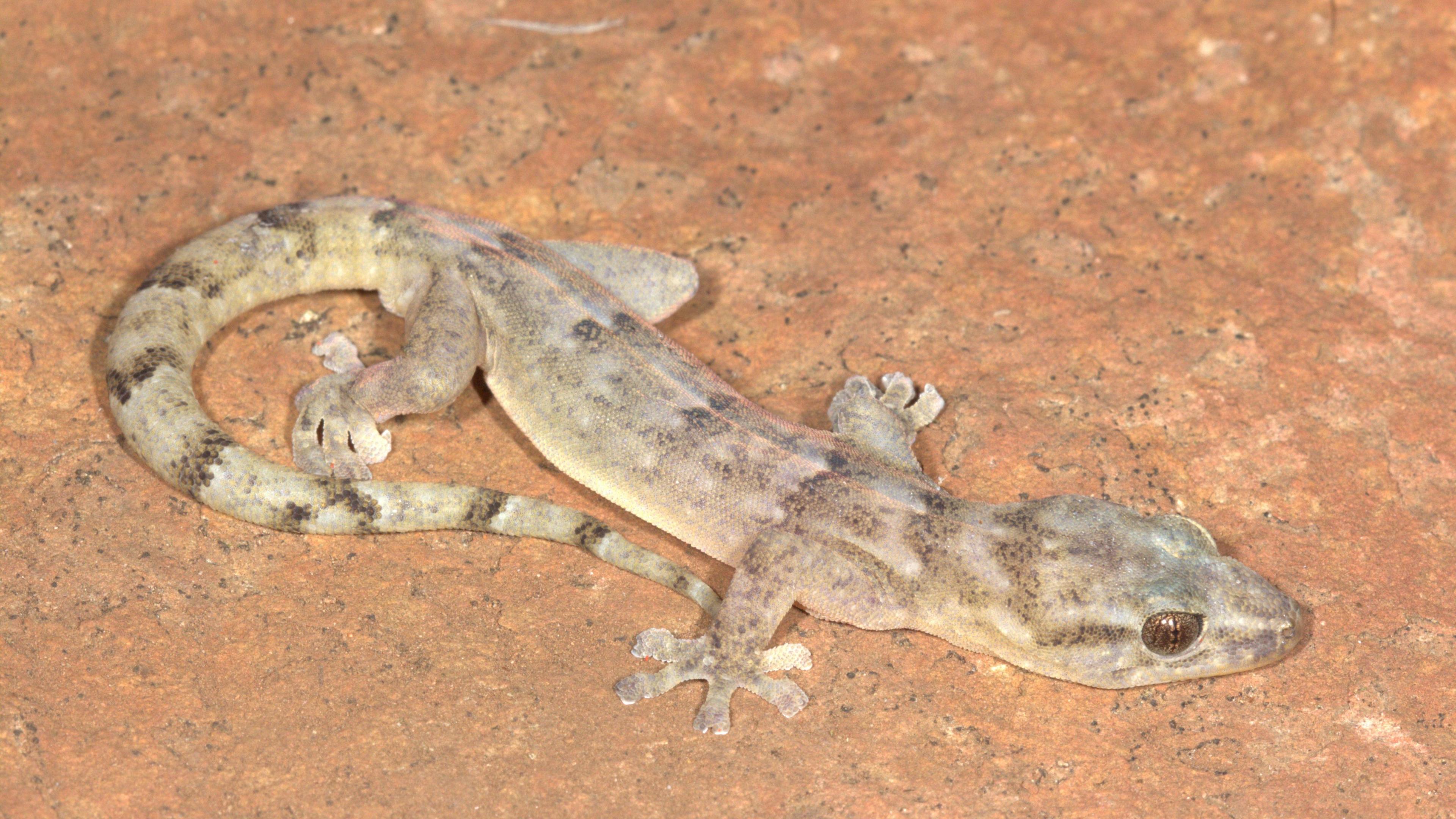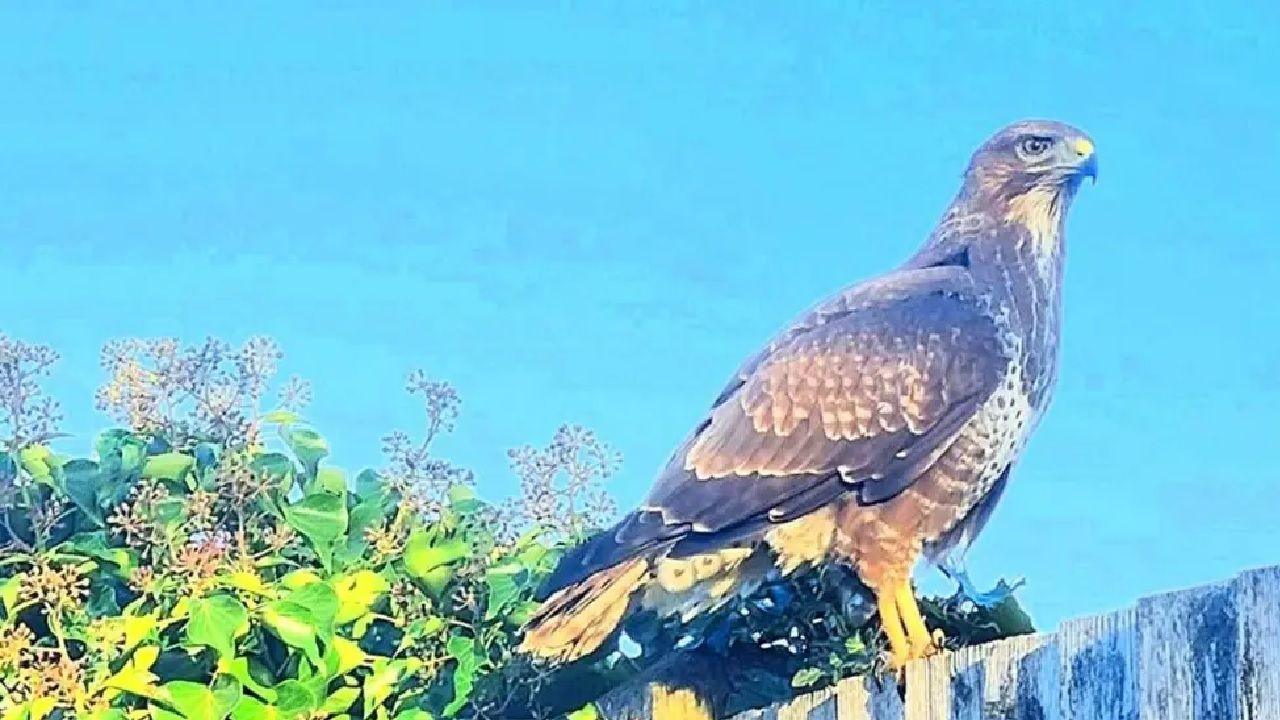UK wildlife numbers are falling despite increase in number of trees

Wildlife numbers are still falling despite a small increase in woodland cover, the Woodland Trust says
- Published
Wildlife numbers in the UK are falling despite a small increase in the number of trees, a new report says.
The findings, published by charity the Woodland Trust, show both the quantity and variety of wildlife is going down
That's despite a rise in woodland cover, which describes how much of a particular area of land is covered by trees.
The conservation charity says the UK needs to improve the condition and scale of its woodlands to tackle wildlife loss.
More wildlife stories
Experts say more needs to be done to protect UK wildlife
- Published28 September 2023
Worldwide wildlife populations decline by nearly 70%
- Published13 October 2022

The Woodland Trust's report says there was a 47% decline in the number of butterflies between 1990 and 2022
The Woodland Trust says the decline of wildlife is down to the fall in the biodiversity woodlands have seen over time.
Biodiversity is all about the variety of plants, animals and other living things found in a specific environment or place.
Butterflies, woodland birds, dormice and lots of different plant species have all seen a significant fall in their numbers over the years, according to the report.
Ancient and veteran trees, which are really important for wildlife because of their unique characteristics which provide food and places for animals and organisms to live, have also seen a fall in numbers.
"UK woodlands lack open spaces, such as glades, which allow light to reach the forest floor and young trees to grow," said Abigail Bunker who is the director of conservation and external affairs at the Woodland Trust.
"There are also fewer older trees, which, along with their soils, lock in carbon from the atmosphere. Alarmingly, many British woodlands have very few - if any - ancient and veteran trees left."
While woodland cover increased from 13.2% of UK land in 2020 to 13.5% in 2024, the report says just 45% of the government's targets for increased woodland was met over those four years.
It also points to recommendations from the Climate Change Committee (CCC) to increase the number of trees in the UK as part of government plans to achieve net zero carbon emissions by 2050 and to also tackle climate change.
What else is in the report?

Woodland wildlife like songbirds can have a positive impact on wellbeing
The Woodland Trust's report also highlights the impact woodlands have on wellbeing and communities, with nine in 10 people agreeing woodland biodiversity has a positive impact through things like birdsong or the sound of rustling leaves, according to a poll.
"We are calling on the government and others to invest in the management of our woodlands, so that people and wildlife can experience the benefits of these precious ecosystems..." said Ms Bunker.
"It's also vital that the government start hitting their tree-planting targets, so that there is time to grow the veteran trees of the future and help shape woodlands to better withstand challenges like new diseases, or rising temperatures."
The government's Department for Environment, Food & Rural Affairs (Defra) said, "Trees are really important for helping the planet and for protecting animals and nature.
"We are spending £400 million to plant more trees and are working hard to take care of our woodlands so they can help all types of wildlife."
More of the latest
- Published5 June

- Published6 June

- Published4 June

